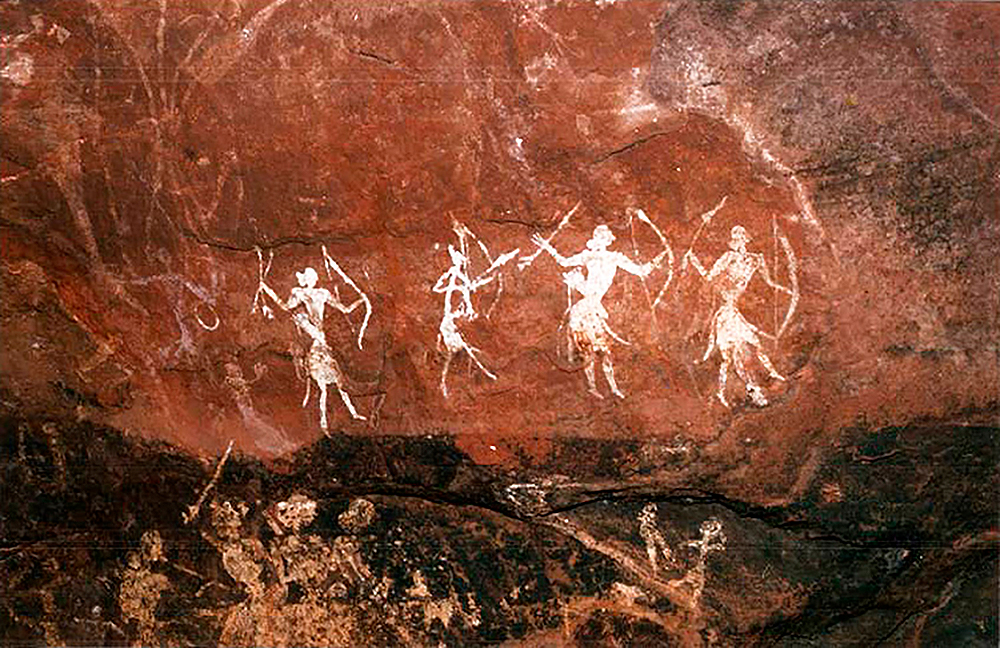INDIAN ART: PAINTING


Painting
is one of the oldest arts of India. It is the only art in India which has its
roots in the pre-historic times. Painting evolved with time and reached its
zenith during the era of Ajanta cave paintings. After the arrival of Arbs and
Turks, new elements were added to it and it was further refined during Mughal
era. In modern era in the Indian painting incorporated the European elements and reached new heights.
Characteristics
of Indian paintings: Indian art is highly influenced with religion, philosophy
and faith. Apart from religion, the folklores are an important theme of Indian paintings. The elements of joy, inspiration and happiness are in abundance in
Indian painting. Indian paintings are based on drawing outlines, while western paintings are based on light and shadow relative positioning of objects.
Indian
paintings are mainly classified into four types:
1. Bhitta Chittra (Wall
Painting) These are the paintings on the walls of buildings or caves. For example:
Ajanta cave paintings, Ellora, Bagh caves etc.


2. Chitrapatt These
are paintings made on clothes or the canvas.


3. Chitrafalak They
are draw on stone, wood or nay other such surface.
 |
| Indian rock art |
4 Laghu Chittra
(Miniature Paintings) These paintings are draw on the covers or pages of books
or on clothes.
 |
| Miniature art |
DEVELOPMENT
OF PAINTING
For the purpose of study, the chronology of development
of
Indian paintings can be divided into two categories
Chronological
Development of Indian Paintings
Prehistoric Paintings
Paintings of Historic
Age:
1. Ancient
Phase (300
BC-9th century AD)
2.
Pre-Medieval Phase (9TH-13TH
century AD)
3. Medieval
Phase (13th-18th
century AD)
4. Colonial
Phase (18th-1947
AD)
5.
Post-Independent Indian Painting (1947 onwards)
Comments
Post a Comment